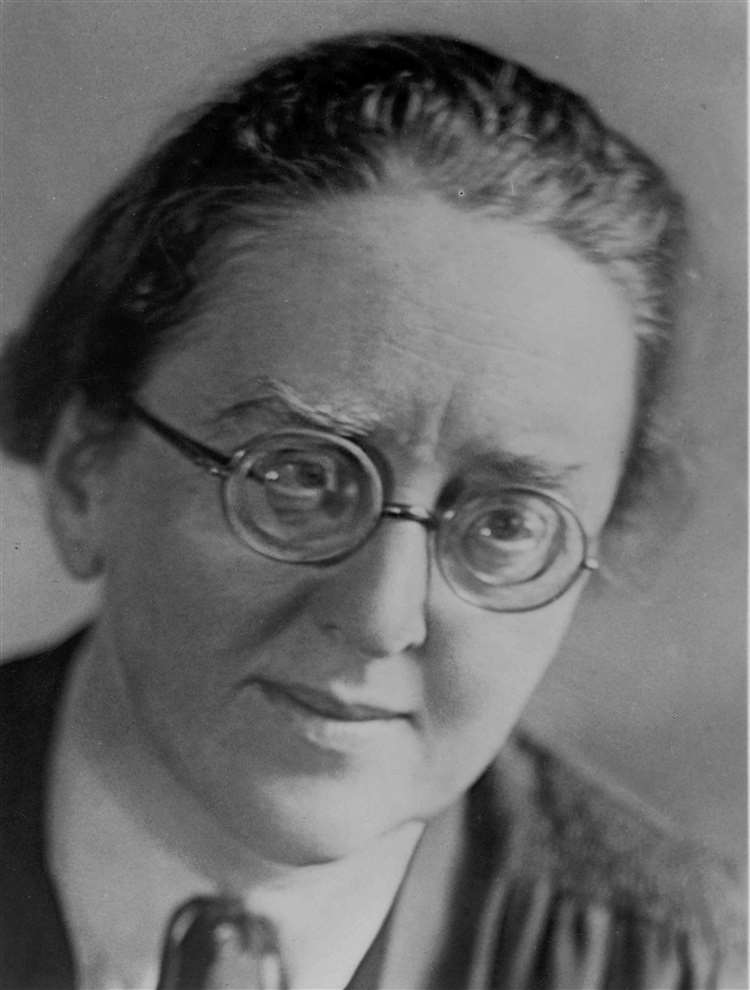There are so many old books I haven’t read yet that I seldom read new books. But a reading rabbit trail led me to The School that Escaped the Nazis: The True Story of the Schoolteacher Who Defied Hitler, by Deborah Cadbury, published in 2022.
The teacher who defied Hitler was Anna Essinger, a Jewish woman who was running a school for Jewish children in Germany at the time Hitler came to power. As early as 1933, Tante Anna, as she was known to her students, could see the direction events were trending, and contrived to smuggle her entire student body out of Germany. She re-established her school in southern England.
Essinger’s school grew as more and more Jewish parents realized the danger of remaining in Germany and other European countries like Poland and Austria. She was also involved in organizing the camps that received thousands of children from the Kindertransports, which began in 1939.

The Kindertransport started after the infamous Kristallnacht, the Night of Broken Glass, an event that targeted Jewish businesses and synagogues all over Germany. This event woke up many people who had been thinking maybe the Nazis really weren’t that bad; maybe they really weren’t out to destroy all Jews. Britain enacted policy that waived some immigration requirements for children up to the age of seventeen. In the months before war was declared, which forced a halt to the program, Britain took in nearly 10,000 Jewish children from Germany, Austria, Czechoslovakia, and Poland.
The Netherlands, Belgium, and France also took in smaller numbers of children, but those children were again in danger as Germany conquered those countries. The United States didn’t get around to helping with the program before it was too late.
The School that Escaped the Nazis is the story of Bunce Court, Anna Essinger’s school, her methods, and her influence on the lives of hundreds of displaced children. But it is also a moving story of the efforts of anonymous, selfless people who sacrificed in order to rescue as many innocent lives as possible.
A large part of the story is told from the points of view of several of the children who were rescued. Some were in the original group that went to England with Essinger. Some were rescued later, after months or years of evading the Nazis. One had even escaped from a concentration camp.
The story is told from a perspective I haven’t heard much about. There is very little about battles or strategy. For the most part, scenes from conquered countries are limited to a child’s point of view. How was each child living under the Nazis, and how did he or she come to be rescued? As part of the preparation for a German invasion along the coastline of the English Channel, Bunce Court was requisitioned by the army, and the school was forced to move inland. From their new location, they were able to hear planes flying over, they could sometimes hear bombing, and were occasionally quite near a stray bomb, but this isn’t about the war as prosecuted by soldiers.
The life of each child of the Kindertransport, and of those rescued later by other means, is an entire story in itself. Many of the children were cared for by well-meaning, compassionate people. Some suffered abuse at the hands of their adoptive families. All suffered from the trauma of being wrenched from their parents and torn from their roots, and from the uncertainty of acceptance in their new homes and of the future. Most of these thousands of children never saw their parents again.
I have read quite a bit about the evacuation of children from London after war with Germany was declared. Sending children to live with strangers would have been an unimaginably difficult decision, though the purpose was to save their lives. But even harder to imagine is the decisions Jewish parents were forced to make, and the panic they must have felt as they tried to get their children on Kindertransport lists before it was too late. Often, they lied to the children, thinking that would keep them from worrying. They promised to write, and to follow their children to England as soon as they could. The children believed and hoped long after they stopped receiving letters from their parents.
Deborah Cadbury tells us she was the first historian to have access to twenty-four uncatalogued boxes on Bunce Court School that are in the Weiner Holocaust Library in London. Imagine the stories still untold, parents who risked everything to save their children, people who risked safety and treasure to save children who were complete strangers, children who survived horrendous circumstances and lived to leave us hope and a warning.
This book is available at Amazon.com.